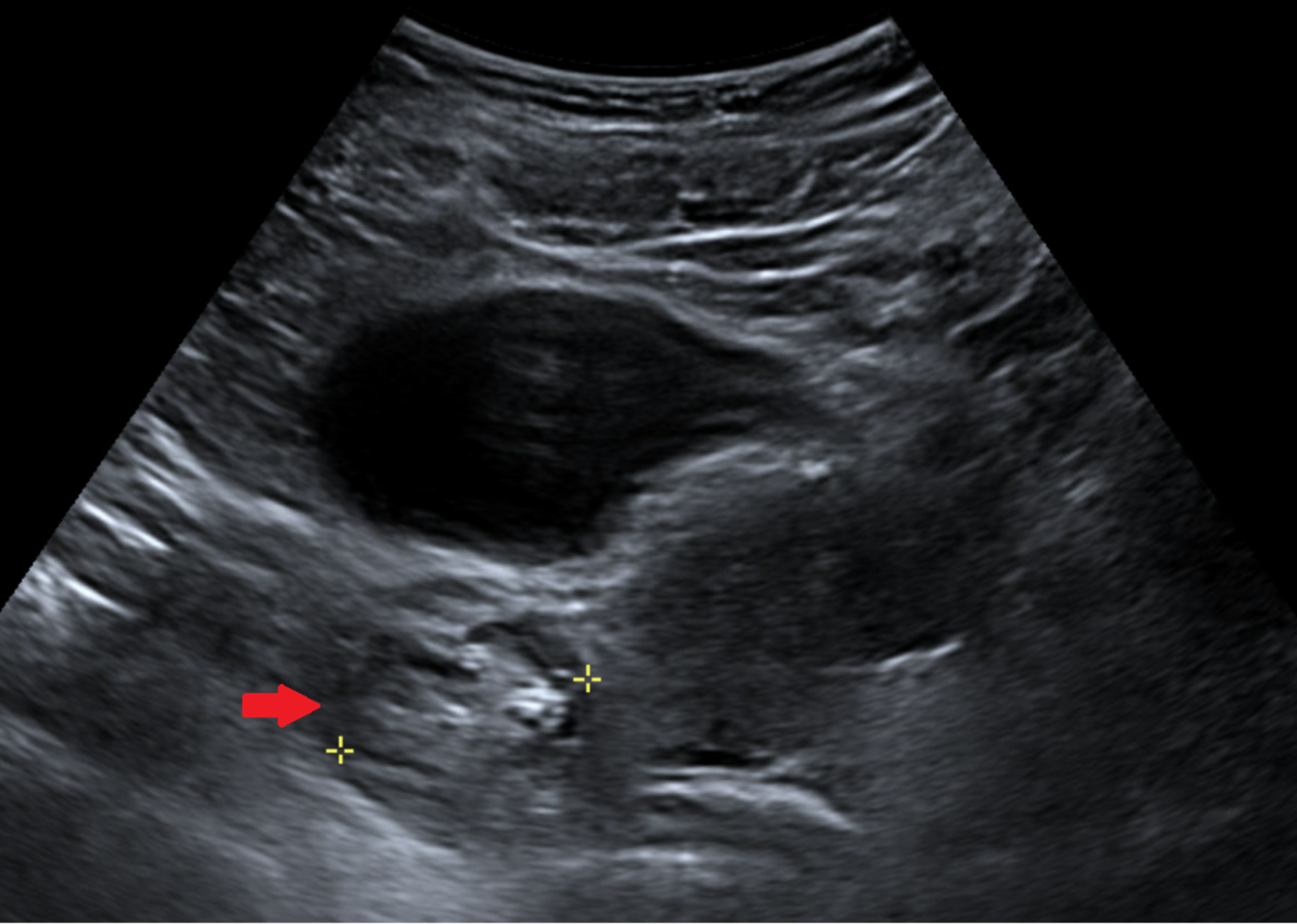

The ultrasound is usually performed on your belly, but sometimes an ultrasound is performed with a probe that is inserted into the vagina and is called a transvaginal ultrasound. The instrument actually makes a picture by picking up sound waves. You will probably feel a little bit of pressure but you shouldn’t feel any pain. The sonographer will gently move this microphone-like instrument around your abdomen (belly). You will lie on your back on an exam table while the sonographer (the person who performs the ultrasound) places a warm gel on your lower belly with something that looks like a microphone. What happens during the pelvic ultrasound?

#Pelvic sonogram full#
The test itself is not painful but you may feel a little uncomfortable since your bladder will be full until you pass urine (pee) after the test. If your bladder isn’t full when you arrive, you will be asked to drink more water. This means you must drink a lot of water before you arrive for the test – usually about 32 ounces or four 8 ounce glasses. Most often you’ll need to have a full bladder (where urine is stored) before the procedure. How should I prepare for a pelvic ultrasound? An ultrasound may help your health care provider figure out the cause of your pain, lack of periods, or irregular periods, the position of an IUD or if you are pregnant. A pelvic ultrasound is a way to take pictures of the pelvic organs of a female and is usually done to look at the uterus, ovaries, fallopian tubes, kidneys and the bladder.


 0 kommentar(er)
0 kommentar(er)
